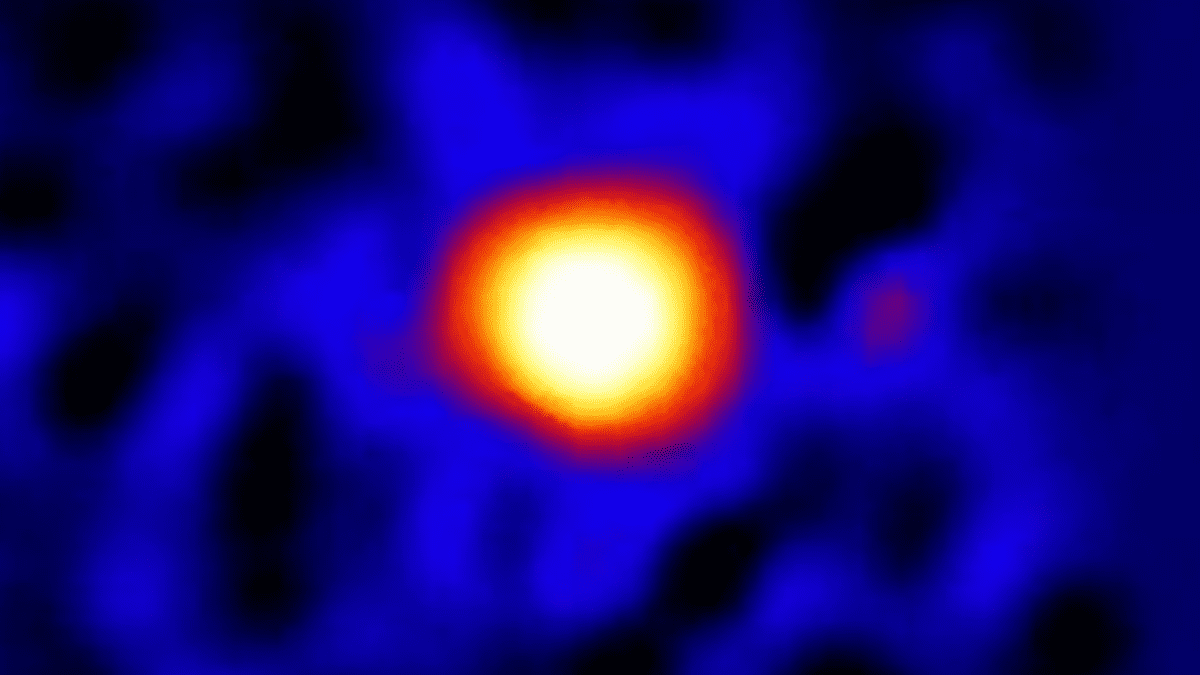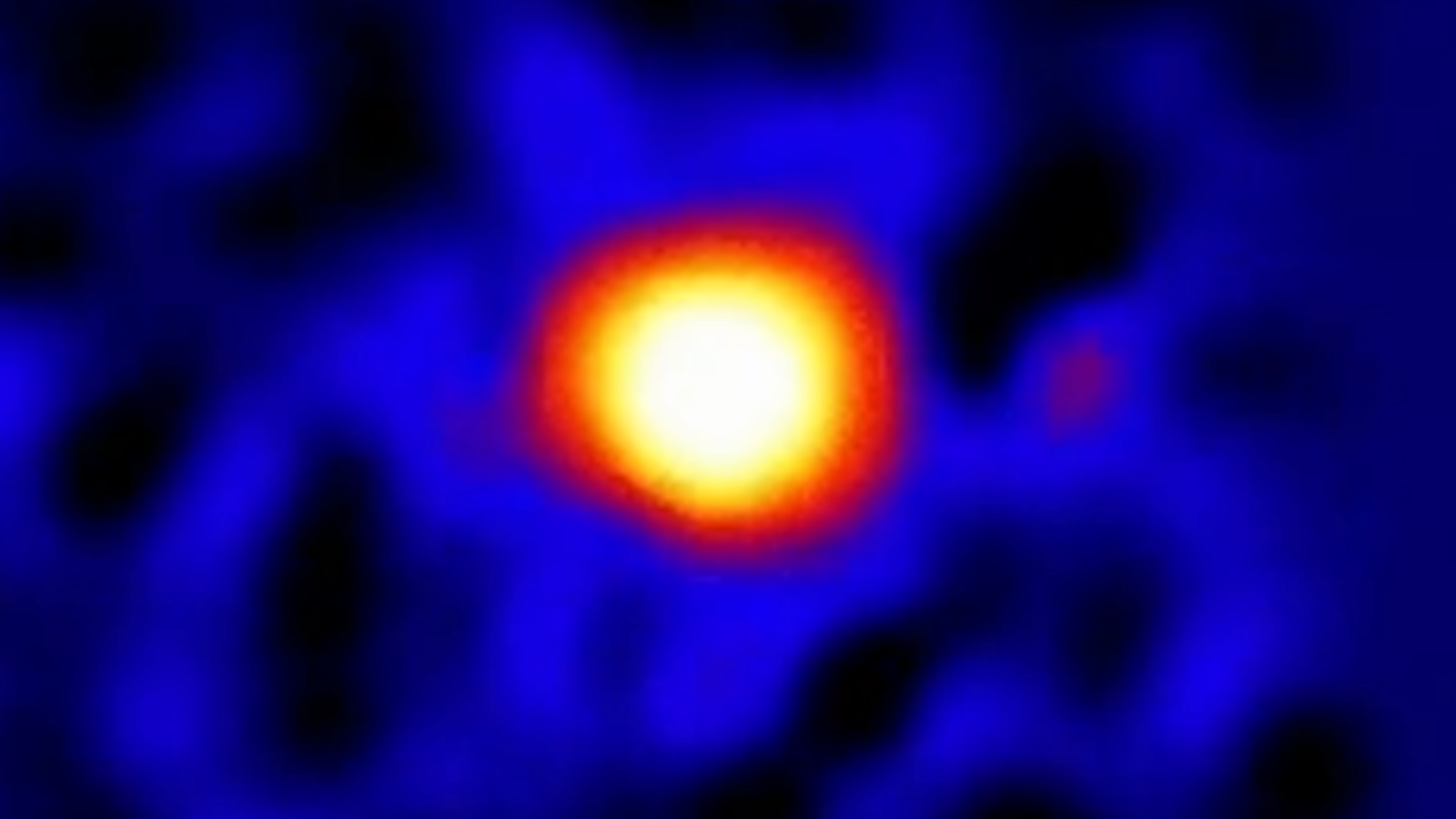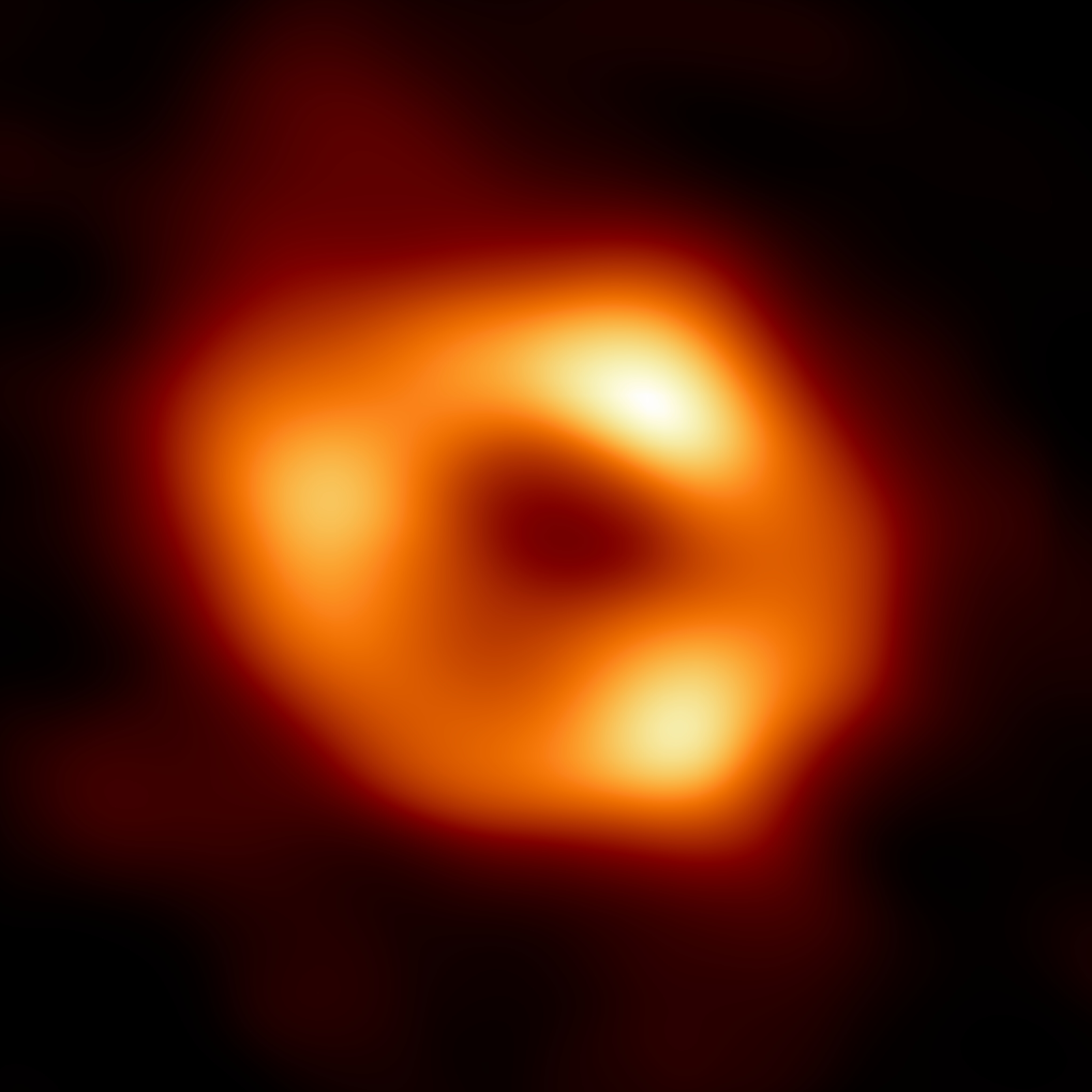
The supermassive black hole located in the center of our galaxy is far from quiet; it continually emits cosmic flares and bubbles. These observations are far from trivial—they offer crucial insights into the interactions between black holes and their environments and how these dynamics contribute to the evolution of galaxies.
Utilizing the capabilities of the James Webb Space Telescope (JWST), researchers have found that the Milky Way‘s core supermassive black hole, known as Sagittarius A* (Sgr A*), is perpetually active, emitting energy flares in intervals varying from mere seconds to extended durations.
While some of these flares are fleeting and faint, others display significantly brighter and more energetic bursts on a daily basis, with the weaker ones potentially oscillating for months.

“While flares are a common occurrence in supermassive black holes, our black hole is particularly extraordinary,” stated Farhad Yusef-Zadeh, the lead researcher from Northwestern University. “It consistently displays dynamic activity and never settles into a consistent state. Our observations from 2023 to 2024 showed variations each time we checked.”
“It was astonishing to witness that no two observations were alike.”
Cosmic Fireworks in the Milky Way’s Core
The team leveraged JWST’s near-infrared camera (NIRCam) to meticulously study Sgr A* over several extended sessions totaling two days throughout the year. This led to significant insights into how Sgr A* and its surroundings evolved over time.
Yusef-Zadeh and his colleagues anticipated identifying flares, yet the Milky Way’s central black hole—estimated to be around 4.3 million times the mass of the Sun—proved even more active than expected, consistently launching cosmic flares of varying brightness and duration throughout the day.

The materials surrounding supermassive black holes like Sgr A* form flattened structures known as “accretion disks.” Observations revealed Sgr A*’s accretion disk generating activity up to six times daily, punctuated by smaller bursts.
“The data showed a constant fluctuation in brightness,” Yusef-Zadeh noted. “Then suddenly, a significant surge of brightness appeared, followed by a calming period.”
“We couldn’t find a consistent pattern in this activity. It appears to happen randomly. Each observation of the black hole unveiled something new and exciting,” he added.
Generating Waves Around Black Holes
At this point, Yusef-Zadeh and his team have not fully deciphered the processes responsible for the flares originating from Sgr A*. However, they theorize that the varying durations of the flares result from different mechanisms at play.
Envisioning the accretion disk as a river, the shorter, dimmer flares resemble minor ripples caused by small disturbances on the surface.
Conversely, the longer, more brilliant flares can be likened to tidal waves triggered by more substantial events within the accretion disk. Such incidents can compress plasma, creating a temporary surge of radiation.
“This phenomenon is reminiscent of the way the Sun’s magnetic field concentrates, compresses, and subsequently releases a solar flare,” explained Yusef-Zadeh. “The differences are magnified in the black hole’s environment, which is far more extreme and energetic. Still, you can observe similar bubbling activity on the Sun’s surface.”
These powerful turbulent episodes and intense flares may relate to magnetic reconnection—an event where two magnetic fields converge, accelerating charged particles to nearly light speed and causing them to emit bright radiation bursts.

NIRCam’s ability to detect two different wavelengths of infrared light enabled the team to analyze variations in brightness across wavelengths. This provided an intricate view of behaviors surrounding Sgr A*, which yielded another surprise.
It was discovered that the brightness of the short-wavelength radiation events changed before the longer-wavelength ones.
“This is the first time we have observed a time lag in measurements between these wavelengths,” Yusef-Zadeh explained. “We noted this delay, ranging from a few seconds to 40 seconds, when observing with NIRCam.”
The time difference offers insight into the phenomena occurring around Sgr A*. One possible interpretation is that the accelerated particles lose energy more quickly as the flare evolves, impacting the brightness of the emissions at different wavelengths.
The research team now aims to utilize the JWST for prolonged observations of Sgr A*. Yusef-Zadeh has submitted a proposal to the [$10 billion](https://www.space.com) space telescope to conduct an uninterrupted 24-hour observation of our central supermassive black hole.
“When investigating such low-light flaring events, it’s essential to minimize noise,” concluded Yusef-Zadeh. “A continuous 24-hour observation would allow us to mitigate noise levels and potentially reveal features previously hidden from view.”
“That would be extraordinary. Additionally, we could determine whether these flares exhibit periodicity or if they are purely random.”
The findings from this team were published on February 18 in The Astrophysical Journal Letters.









